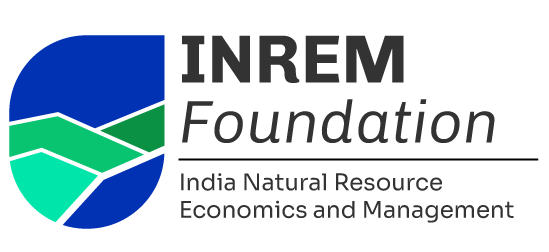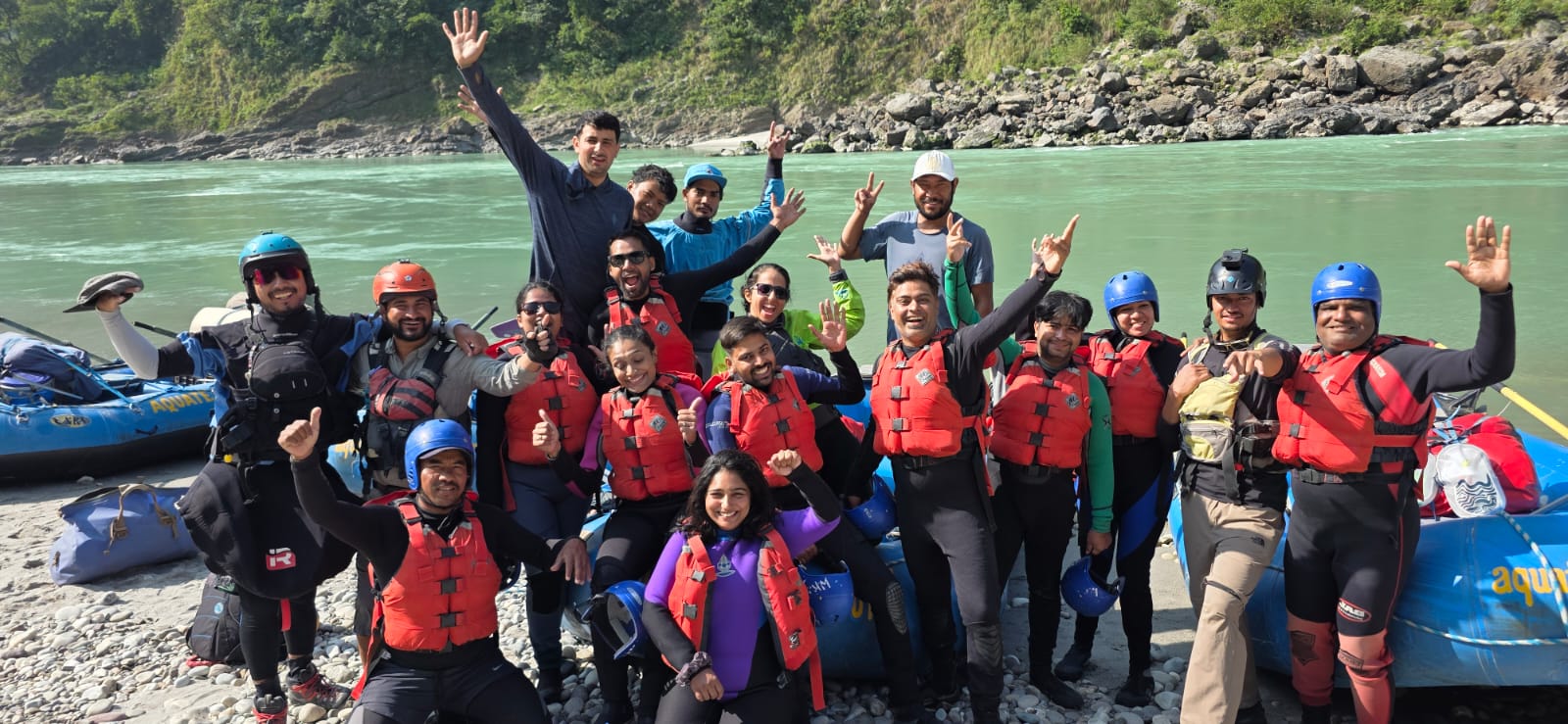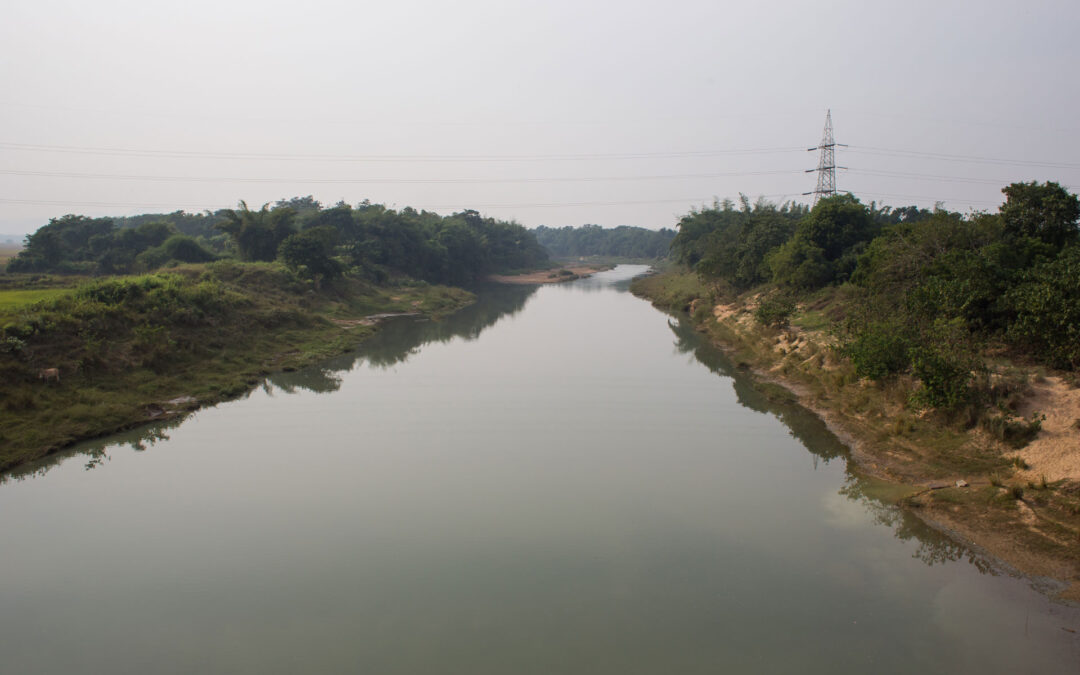At the end of one of our online learning sessions, a Water Quality Champion (hyperlinked) stayed over. He had a problem to share. One community that his organization was engaging with in New Delhi lived right next to a solid waste dump and when it rains, there is black water flowing past people’s homes. When he saw women washing clothes and children playing just next to this drain, he got troubled and wanted to know how people’s health might be getting affected with this. What can be really done about this?
The Challenge
INREM research tells us that 150 Million people in India are exposed to Water pollution and its many effects. In our work, we focus on communities across the country who are affected with problems like fluoride and arsenic in water, or just affected by germs and pollutants that come with obviously contaminated water like in the above story.
Since much of rural India (75%+) depends still on groundwater which is now coming from so deep in the earth, drinking water is something that becomes difficult to secure and be safe. To begin with, there is severe water scarcity, and to top it over, there is the problem of contamination of water. It is not just about us humans, but such problems also affect animals and plants, extending the chain of contamination longer to food and to ecosystems.
So, what are Water-Safe Communities and how do we see it in INREM? We believe it strongly in INREM that together, we as communities can get ourselves out of the current mess and have clean water all around us. A Water-Safe Village is one in which there is clean and safe water at homes, in farms, in ponds and everywhere for everyone.
In our Communities programme (hyperlinked), we work closely with Rural Childcare Centres or Anganwadis. By ensuring Safe drinking water for children in Anganwadis; ensuring that the food used for cooking is safe, ensuring that mothers who get a meal from the Anganwadis get safe water in it – all of these together make a Water-Safe Anganwadi. When an Anganwadi worker such as Meena ji in Udaipuria village of Jhabua district uses a Water Purifier, she helps secure a future generation of children and mothers. That is a sort of outcome that we aim for in INREM.
Together, examples like the Anganwadi above and many others contribute towards a Water-Safe Udaipuria village and pave the way for Water-Safe Communities elsewhere.
We see our role in INREM as enablers and catalyzers to this process of empowering more changemakers such as Meena ji to be able to detect and sense invisible Water contamination problems such as fluoride and arsenic, and be able to plan and secure solutions which help children and women from severe health consequences such as bone deformities, severe Anemia and different forms of cancer.
In INREM, we are trying to grapple with the scale of the problem and imagine approaches that are able to distribute the ability to sense and solve local issues. Recent research that we have done with public data shows us that around 9.5 Million Hectares of Agricultural land in India uses contaminated water for producing food. Also, we estimate that around 131 Million rural Livestock animals (out of a total rural animal population of 414 Million) are exposed to Water contamination and its effects. When we imagine a Water-Safe Community, it is an inclusive vision looking at human health, livelihoods and animal health. The challenge is large, but so is the hope and positivity that we carry in INREM for change.
When we go back to the image of black water flowing past the women washing clothes and children playing, it is a reminder that the basic dignity of clean water is far from being achieved. It is a basic right for all of us and ecosystems that we are part of. Come, join us to create a Water-Safe World.



